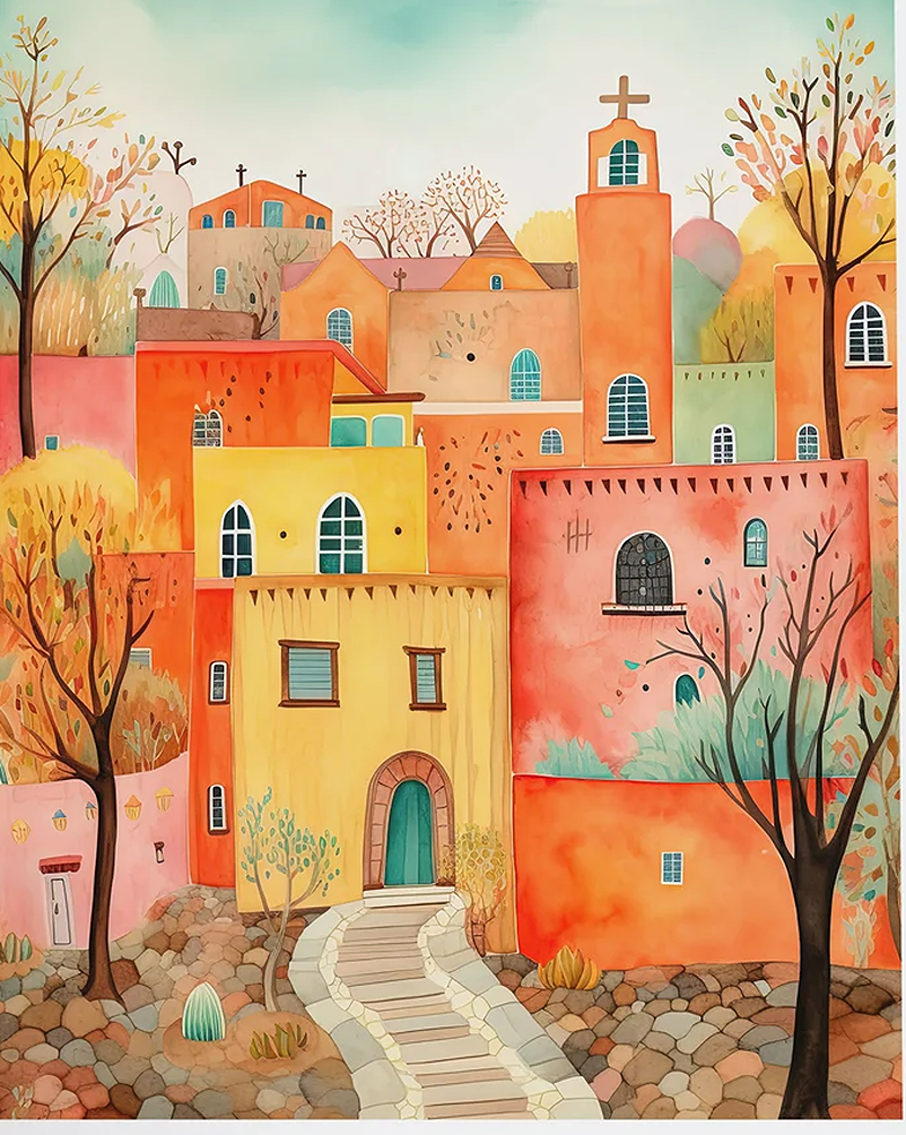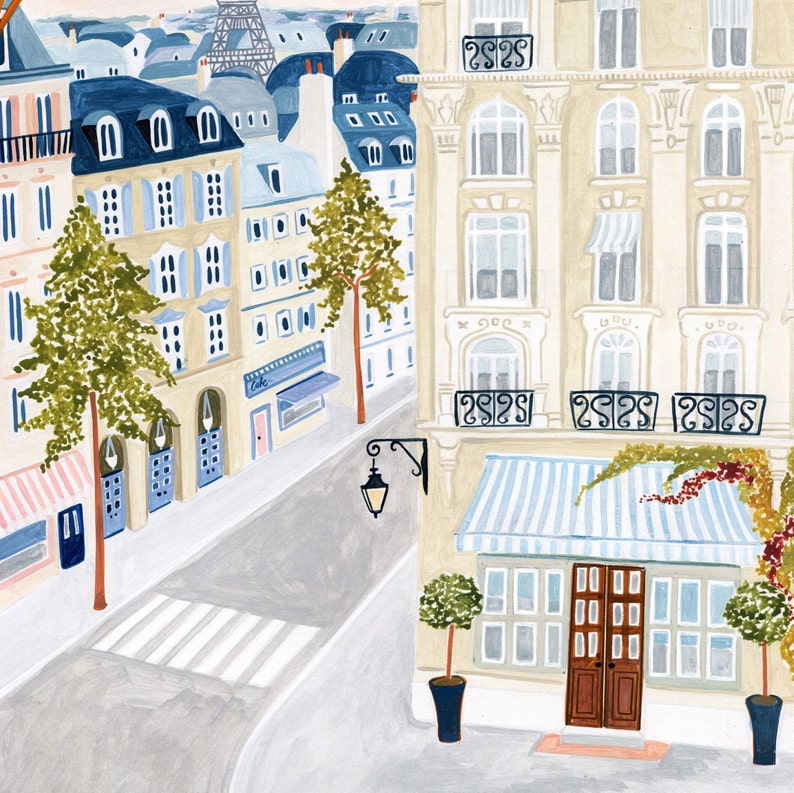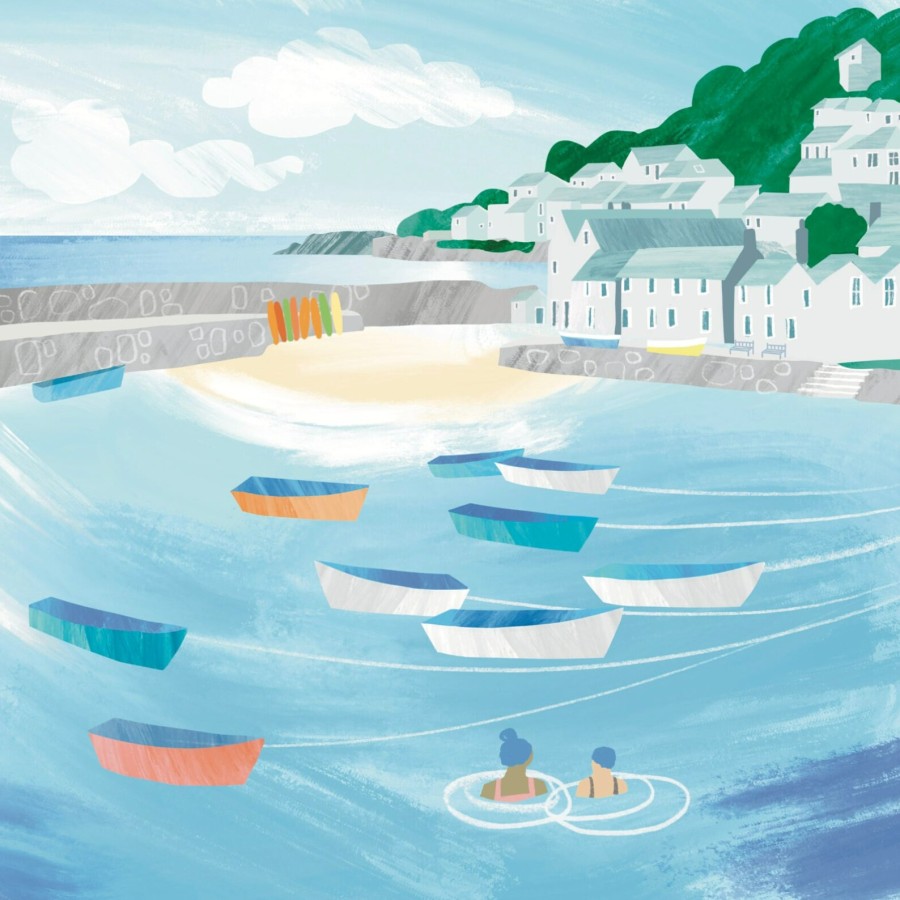
Do you live in a place where despite say living not far from the park or beach, it takes ages to get there on foot, because the roads have no (safe) alleys to pass through? Often you could live by the seaside yet it takes an hour to get there, as the route is ‘blocked’ by a cul-de-sac or dead end road.
This happens frequently in England because unlike most European and US cities, town planners don’t design on a grid system. This is why in the US, you’ll always hear people say ‘take the next block’ because (as with cities like Paris), it’s very easy to walk everywhere. That means less traffic (and is the reason why French people are so slim!)
Many cities in Europe retain the same ancient buildings, showing how grid systems have been used for centuries to easily get to places. Reducing road traffic is not just good for health, but helps reduce pollution and accidents.
In Salt Lake City (above), the grid system is unusual in that the blocks are very wide. This has led to too many car lanes on one hand, but now planners are using the wide lanes to add cycle lanes and even light rail with the ‘wasted space’ to reduce road traffic.
a no-clone town on a grid system

Clone towns are what we have in England (where every town looks the same, due to the same shops and buildings). Santa Fe (the capital city of New Mexico) is the opposite, a place built on a walkable grid system where all the buildings and shops are unique. A mecca for artists, writers and musicians, its main school is a Waldorf version (where where art is as important as academia).
This Spanish-influenced city has strict building codes, laid out around a central plaza (like Italian cities) with the town hall on one side and the church on the other, then a radiating grid of narrow streets that are all easy to get to each other. That’s completely different to England, where often you have to walk a long way ‘as the crow flies’ to get somewhere as we’re now a nation of cul-de-sacs. This of course encourages car travel, as you don’t want a 3-mile trip to walk to the beach, if you only live half a mile away.
It’s not all paradise in New Mexico. A few years back, the state sued the Environmental Protection Agency over negligence after a gold mine waste water spill, which caused heavy metals and arsenic to flow into the water basins of several states, after polluting the Animas River. It did lead to stricter regulations, but the state remains a huge producer of greenhouse gas, due to oil and gas production (emissions are twice the national average).
is Paris the best-planned city on earth?

Some say that Paris (France) is the best planned city in the world. That’s because years ago, it was designed on a grid system, so that you can walk nearly anywhere to anywhere (very few dead ends or cul-de-sacs, like in England where sometimes you have to walk miles to go a short distance, as the crow flies). The same happens in the USA, where if asking directions, someone will reply ‘take the next block’. The huge walkability factor in Paris is one of the reasons why French people are so slim!
Paris also retains ancient buildings, so they are not knocked down to make way for big car parks and paved areas with underpasses. Reducing road traffic to make places walkable, also helps to reduce city pollution and road accidents.






